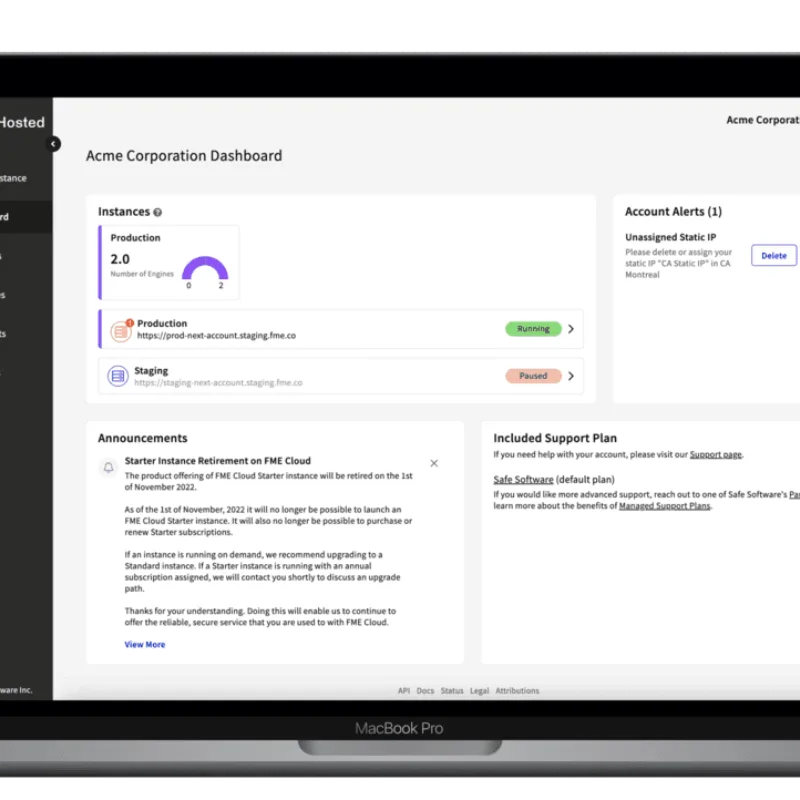
Digital Twin for data-driven renovation and climate impact
How can we accelerate the renovation of millions of buildings in Europe? Within the DITUR project, Avineon Tensing investigated how Digital Twin technology and 3D building data can help reduce energy consumption and CO₂ emissions and thus make the 2050 climate targets achievable.
Did you know that …
- DITUR stands for Digital Twin for Upscaled Retrofit
- DITUR is researching how we can achieve the climate goals for 2050
- DITUR is a collaboration between Avineon Tensing, AGC, EnergyVille/VITO, IDLab-Ugent, IMEC and Zero Emission Solutions
- More than 40% of European buildings were built at a time when energy efficiency was not a priority
- There is an increasing need for platforms that can calculate energy and CO₂ reduction scenarios
The challenge – Renovate faster for the climate
In order to achieve the climate goals, the renovation rate in many European countries must triple. Currently, the average is around 1%, while 3% per year is needed. The fragmented market and the lack of smart renovation packages make this difficult. Digital Twin technology offers a solution: by cleverly combining existing and new data, insights are created that help to renovate faster, smarter and more efficiently.
The solution – Smarter planning and management
To make this acceleration possible, Avineon Tensing developed a powerful Digital Twin platform within the DITUR project. This platform combines detailed 3D building models with energy-related data and uses Esri and FME technology. It helps governments, energy suppliers and other stakeholders to plan renovation strategies in a targeted way, make informed choices and visualise results easily.
- Smart 3D model - realistic 3D buildings with energy characteristics according to CityGML standard
- Flexible data - easily add extra characteristics or data sources to buildings
- Tool integration - link to energy models and consumption databases
- Scenario viewer - visualise energy or budget scenarios in a fast 3D viewer
- Area analyses - insight at the level of the house, street, neighbourhood or city
- Secure access - GDPR-proof access to personal housing data
- Current input - users can modify or supplement building information themselves
- Open platform - partners can build their own applications on the platform
The result - Smart choices for maximum impact
The Digital Twin platform brings together 3D models, energy data and simulations. This creates a powerful tool for planning and comparing renovation strategies. This approach helps governments, housing associations and homeowners to make better-informed choices, use budgets more intelligently and gain insight into the impact on climate objectives.
A summary of the advantages:
- Smart scenarios - analyse which measures have the greatest effect per building or neighbourhood
- Energy impact - calculate which interventions save the most energy per euro or per location
- Targeted planning - immediately see which renovations are needed for a desired EPC label
- Real-time follow-up - monitor the status and energy improvement of buildings or neighbourhoods
- Insight into CO₂ reduction - clearly visualise the expected CO₂ reduction per strategy
- Lower inventory costs - 3D models replace time-consuming on-site inspections
- Better choices - receive substantiated advice on which buildings and techniques are best for you to tackle
Would you like to know how a Digital Twin can accelerate your renovation policy?
Our experts will be happy to show you how you can plan more effectively, optimise budgets and make a real impact with smart 3D models and data links. Discover the possibilities in a no-obligation consultation with one of our specialists.






